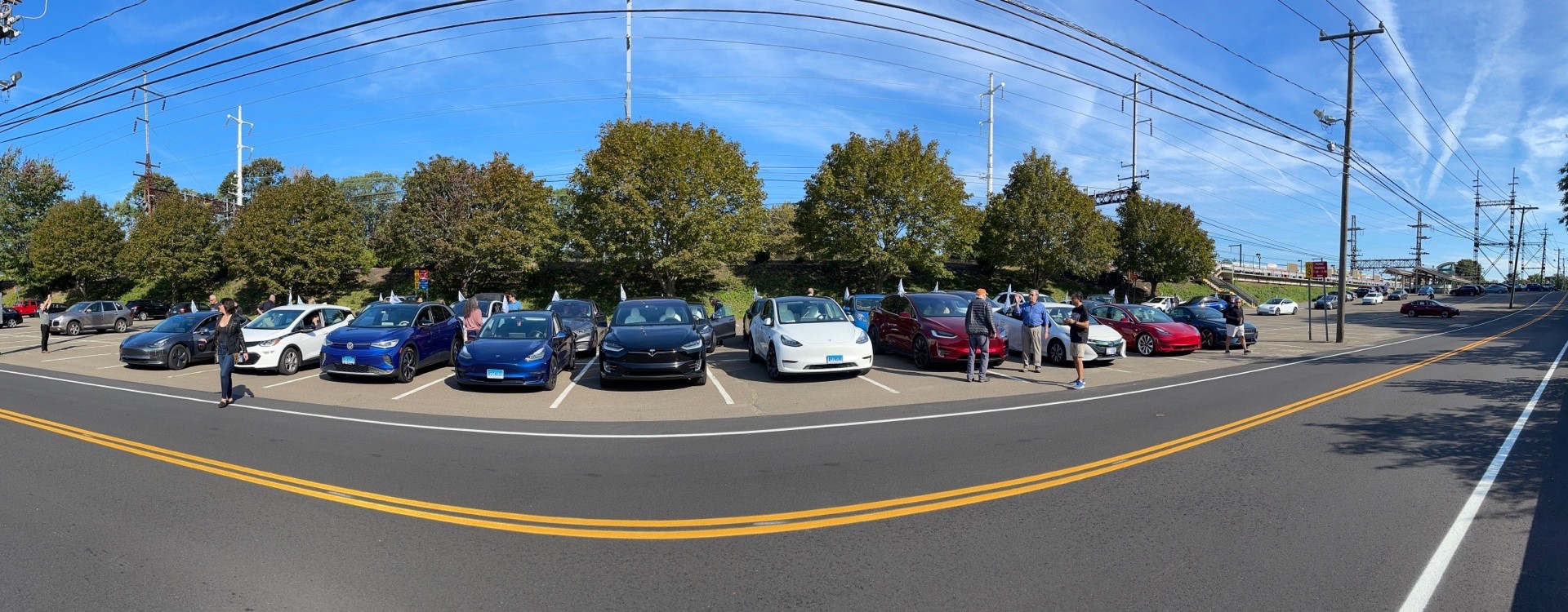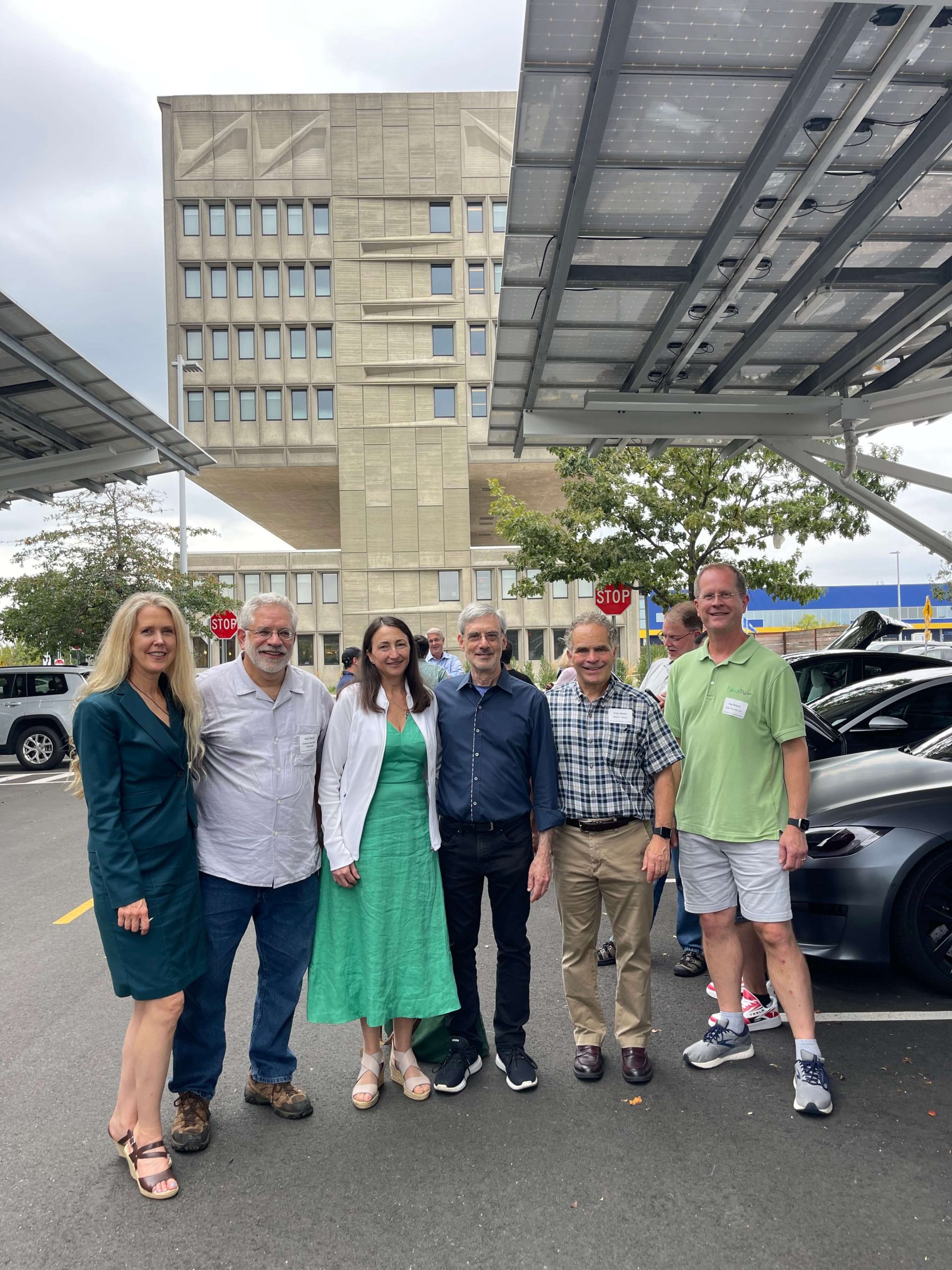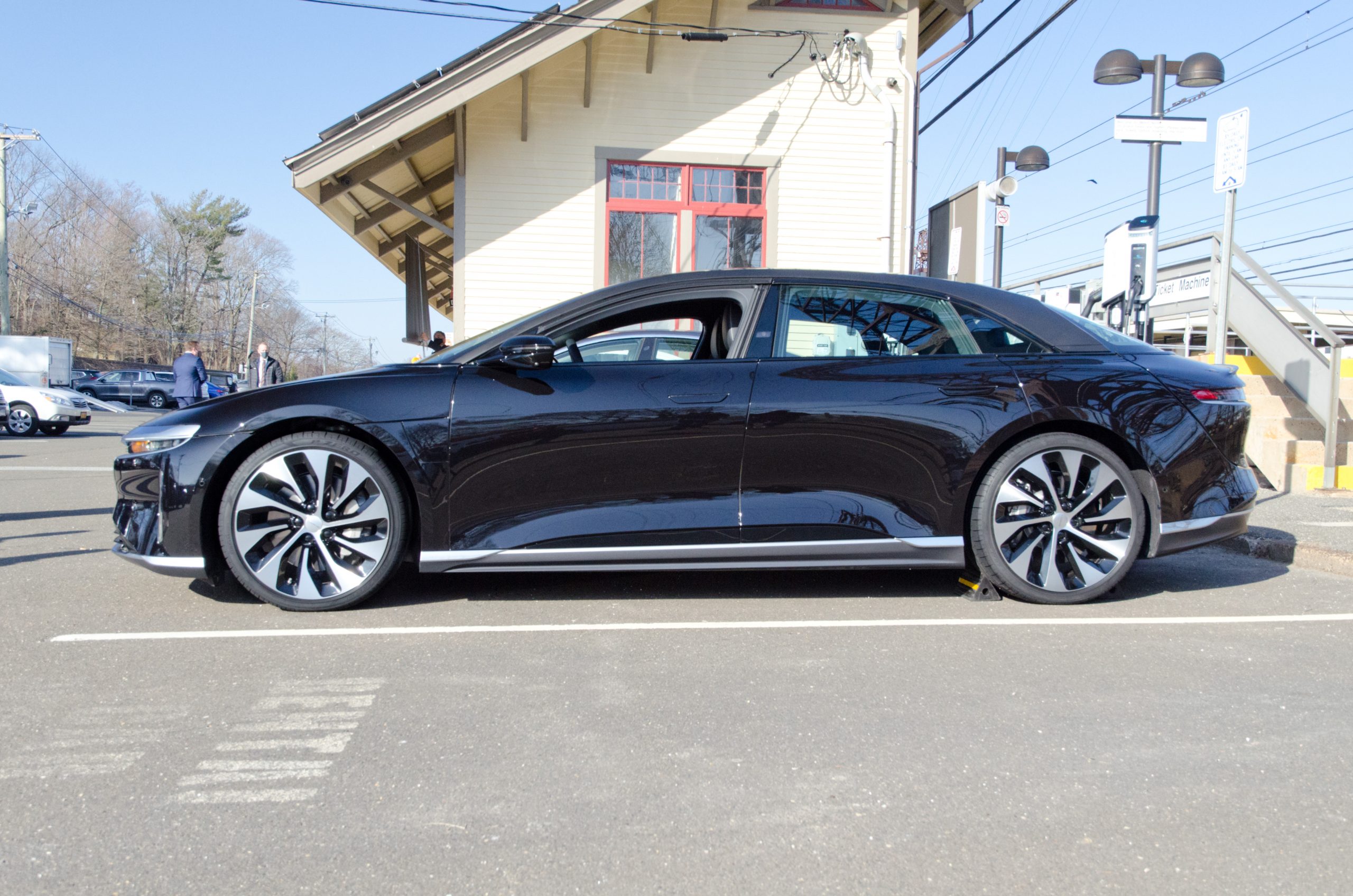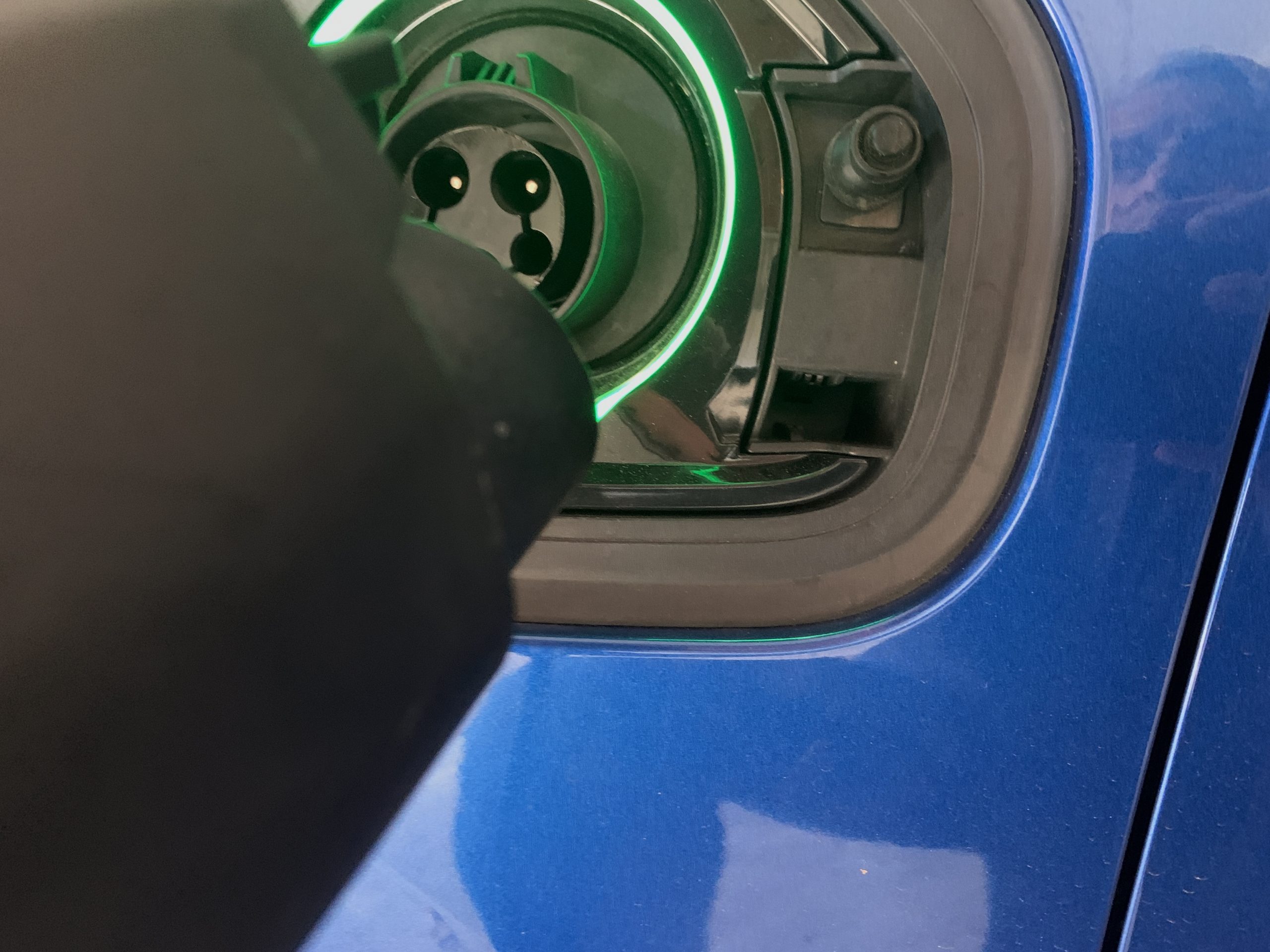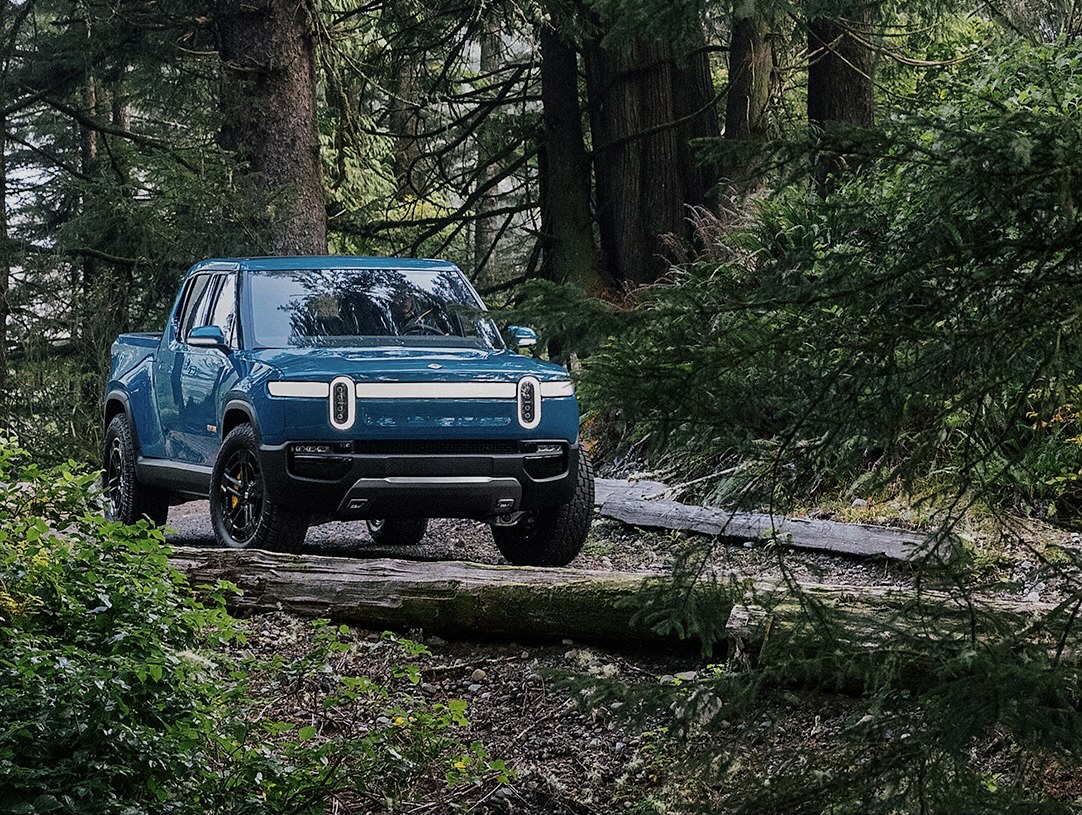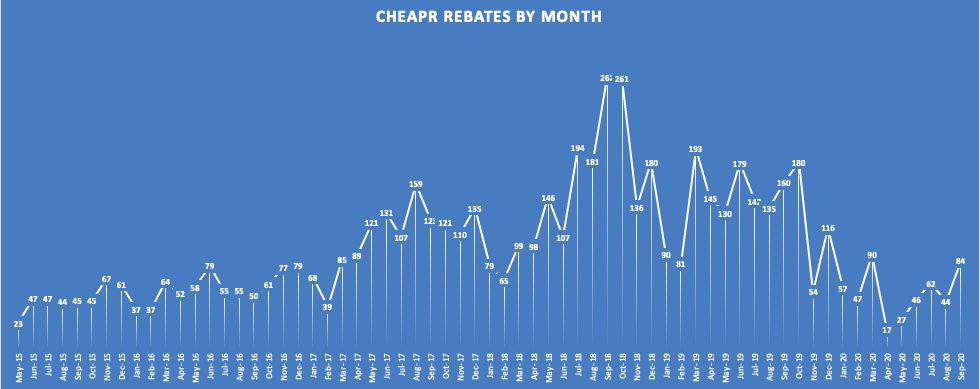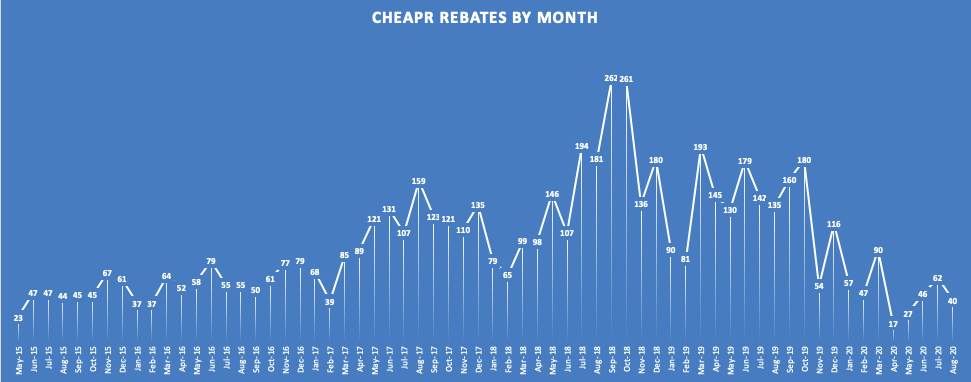Banning The “Ban With No Plan” Is Not a Plan
Global Temperature Rise is Already 1.2 degrees Celsius above baseline The reporting coming out of COP 28 is that the mean temperature is already 1.2 degrees Celsius above the pre-industrial baseline and headed to exceed … Read more

